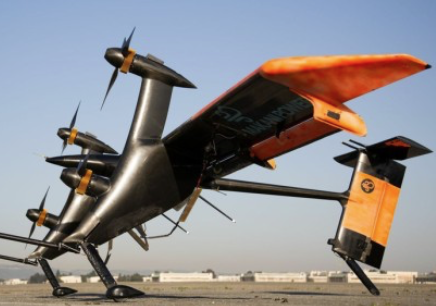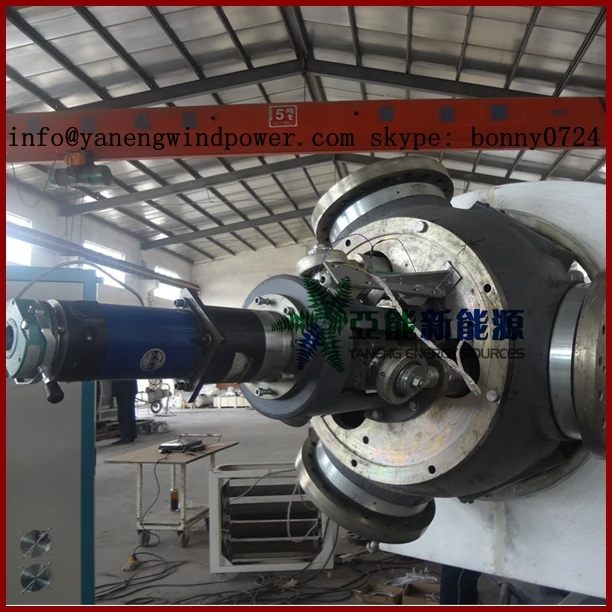wind is a shitty renewable resource in most parts of the world, at least at the surface.
but go up 250, 500 or 1000 meters and it is much more reliable because it is not only more constant but more powerful as well. how to get at that energy? kites.
two main types. power produced aloft and transmitted down through a conductive tether, or power produced by the pull on the tether itself.
I must admit that the idea sounds crazy at first glance. then I started thinking about speed and control when you are sailing, or skiing behind a powerboat. a lot of the limitations of wind disappear when you can control the orientation. the range of usable windspeeds dramatically increases. another benefit is that most of the structure is on the ground and the kites themselves would be cheap.
anyways, I found it interesting. for more info check out High Altitude Wind Power Reviewed .
also check out this way of organizing the efficiency of various sources of energy. ERoEI for Beginners
but go up 250, 500 or 1000 meters and it is much more reliable because it is not only more constant but more powerful as well. how to get at that energy? kites.
two main types. power produced aloft and transmitted down through a conductive tether, or power produced by the pull on the tether itself.
I must admit that the idea sounds crazy at first glance. then I started thinking about speed and control when you are sailing, or skiing behind a powerboat. a lot of the limitations of wind disappear when you can control the orientation. the range of usable windspeeds dramatically increases. another benefit is that most of the structure is on the ground and the kites themselves would be cheap.
anyways, I found it interesting. for more info check out High Altitude Wind Power Reviewed .
also check out this way of organizing the efficiency of various sources of energy. ERoEI for Beginners




